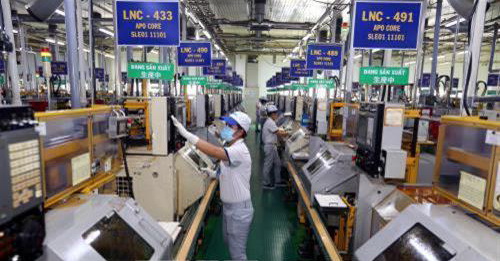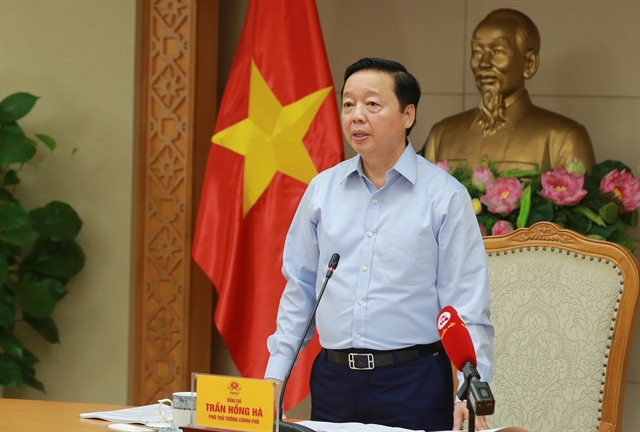 Economy
Economy

More than US$591 million poured into HCM City’s export processing zones (EPZs) and industrial zones (IPs) in the first 10 months of the year, a year-on-year increase of 7.16 per cent.

|
| A production line at Nidec Tosok Việt Nam Co.,Ltd at the Tân Thuận Export Processing Zone in HCM City’s District 7. — VNA File Photo |
HCM CITY — More than US$591 million poured into HCM City’s export processing zones (EPZs) and industrial zones (IPs) in the first 10 months of the year, a year-on-year increase of 7.16 per cent.
Revealing this, the HCM City Export Processing and Industrial Zones Authority (HEPZA), which manages them, said foreign investment accounted for $270 million, a 19.14 per cent decline.
There were 11 new foreign projects worth nearly $91 million, a decrease of 42.15 per cent, while 25 existing ones registered to increase their investment by nearly $180 million, virtually the same as last year.
Most of the new investments, worth $81.2 million accounting for 89.4 per cent, were in the services sector, and it was followed by machinery, electronics, plastics, and rubber.
EPZs and IPs received VNĐ7.44 trillion ($321 million) worth of domestic investment, up by 47.6 per cent.
They went into 46 new projects with total registered capital of VNĐ5.8 trillion ($251 million) and 32 existing ones that increased their capital by VNĐ1.6 trillion ($70.3 million).
Hứa Quốc Hưng, head of HEPZA, blamed the impact of the COVID-19 pandemic and the restrictions on movements that limited investors’ ability to travel for the decline in FDI.
The new investments were mainly for building factories and warehouses for rent, he said.
Many investors have expressed interest in investing in warehouses for supporting transportation and logistics and factories including high-rise, he said.
With the COVID-19 situation well under control, many investors have moved their entire production from abroad to the city, he said.
“That promotes business and creates jobs.”
There is huge demand for workers in the textile and garment, leather footwear and services industries.
HEPZA reported that 41 out of 45 businesses that suspended operations during the pandemic have resumed work.
Many enterprises cut their production and business scale, and leased out vacant areas in their factories or even the whole factory in some cases.
Others looked for new customers and suppliers and alternative sources of raw materials, organised sales promotions, and temporarily laid-off employees as they waited for new orders.
Enterprises facing difficulties have received support from authorities in the form of bank loans, tax cuts, rescheduling of loans, and extension of project deadlines.
According to HEPZA, total exports from its zones in the first 10 months of this year were an estimated $5.3 billion. Foreign enterprises accounted for $3.9 billion.
HEPZA’s zones house more than 1,300 enterprises that employ 320,000 workers. — VNS









